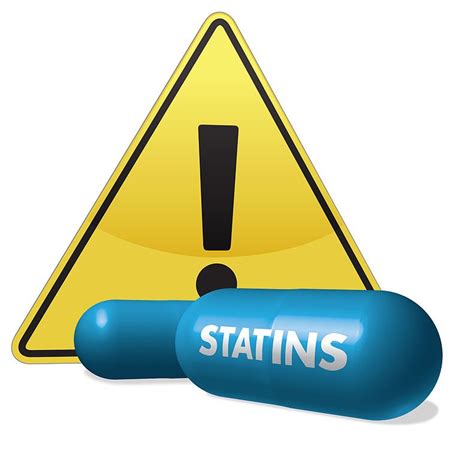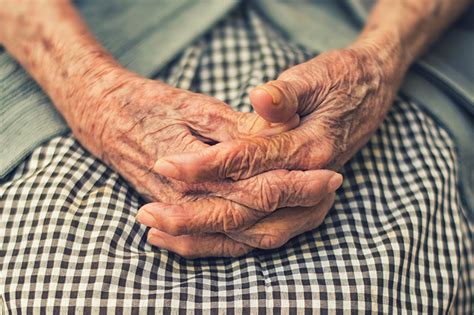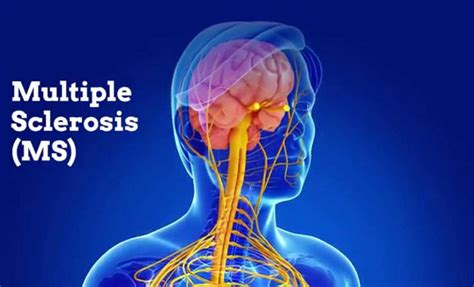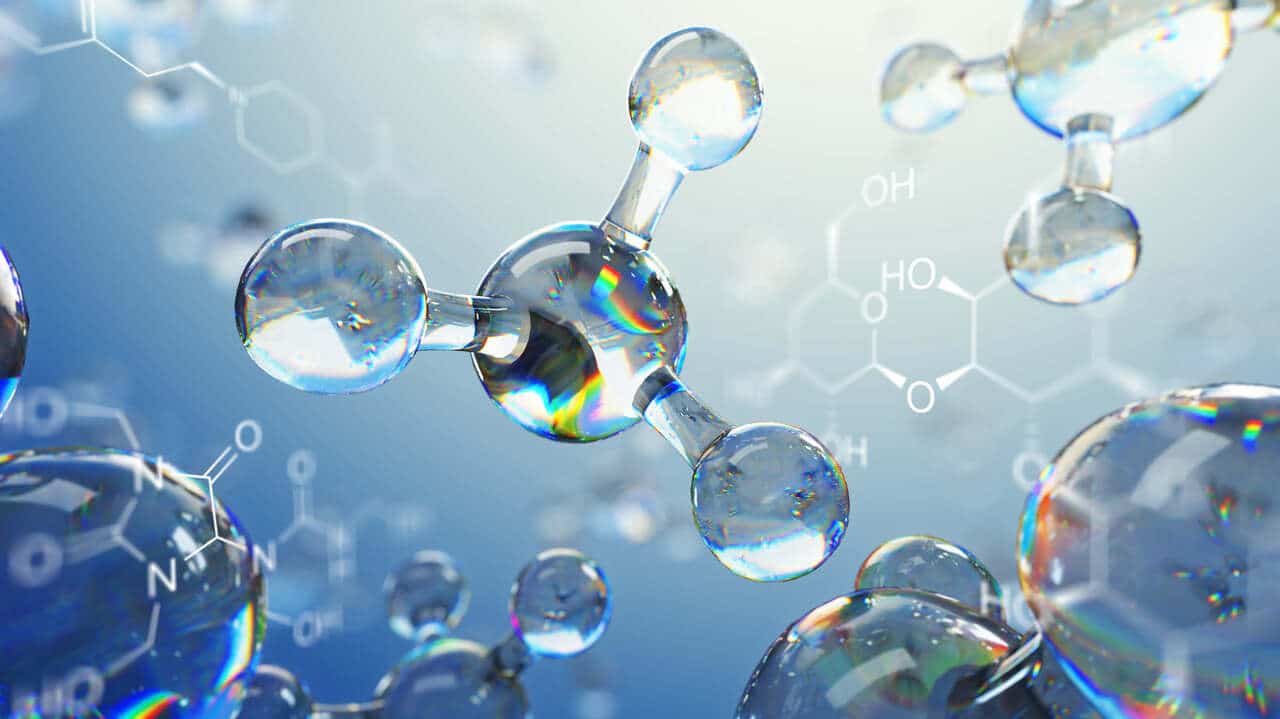Today I wanted to share with you the results of a recently released meta-analysis published in JAMA questioning the benefits of statins:
A new meta-analysis questions the science demonstrating the link between statin-induced LDL-C lowering and improved CV, all-cause outcomes.
Pricera – NAD+ Precursor Highlight
From the Innovative Medicine website:
NAD+ and the Brain
One of the most impacted organs from NAD+ deficiency is the brain. NAD+ plays a vital role in the brain, with a 2007 study stating, “NAD+ and NADH (the reduced form of NAD+) may also mediate brain aging and the tissue damage in various brain illnesses. Our latest studies have suggested that NADH can be transported across the plasma membranes of astrocytes, and that NAD+ administration can markedly decrease ischemic brain injury. Based on this information, it is proposed that NAD+ and NADH are fundamental mediators of brain functions, brain senescence and multiple brain diseases.”
NAD+ helps to replenish the supply of neurotransmitters, improve cognitive functioning, withdraw from addictive substances, overcome anxiety, depression, chronic or acute stress, post-traumatic stress, CTE, and other conditions by giving the brain what it needs to return to proper functioning. NAD+ has been shown to be effective with cases of brain fog, cognitive impairment, and “chemo brain”. It has a powerful capacity to “reset” the brain to its original set point.
Reach out to me if you would like to get some more info on NAD+ therapy, our very popular practitioner grade NAD+ precursor formulation, the Sirtuin Longevity Genes etc.
——————————————————————————————–
As you may know, statins have been a very popular prescription drug for many years for Cardiovascular Disease..
There are many potential negative side effects associated with the use of statins.
I witnessed this with my own parents. Lifestyle issues were involved however my father ended up becoming diabetic, he developed dementia and he had so little energy that we had to install an electronic lift for him to get up the stairs due primarily to the consumption of statins.
I had predicted all of these outcomes to my parents several years earlier if they continued their consumption of statins.
Hopefully this meta-analysis will provide ourselves as well as other health care practitioners in addition to the general public with further clinical data to be able to make an informed decision regarding the usage of statins.
Here is the article from the Patient Care Online website:
Current evidence on the association between statin therapy-driven lowering of low-density lipoprotein cholesterol (LDL-C) and reductions in negative cardiovascular (CV) outcomes as well as all-cause mortality may no longer be indisputable, according to authors of a new meta-analysis.
Findings from research led by Paula Byrne, PhD, HRB Centre for Primary Care Research, RCSI University of Medicine and Health Sciences, Dublin, suggest that lowering LDL-C using statins has an inconsistent and inconclusive impact on CVD outcomes such as myocardial infarction (MI), stroke, and all-cause mortality. Specifically, the authors conclude that the association between statin-induced reduction in LDL-C and absolute risk reduction (ARR) compared with relative risk reduction (RRR) in these outcomes is modest, at best.
“The message has long been that lowering your cholesterol will reduce your risk of heart disease, and that statins help to achieve this,” Byrne said in a RCSI statement. “However, our research indicates that, in reality, the benefits of taking statins are varied and can be quite modest.”
Byrne and colleagues set out to look more closely at the association between statin-induced reductions in LDL-C and the absolute risk reduction in individual clinical outcomes with an ultimate objective to facilitate shared decision-making between clinicians and patients and inform clinical guidelines and policy.
The primary outcome associated with statin use they sought to clarify was all-cause mortality and secondary outcomes included myocardial infarction and stroke.
The investigators searched PubMed and Embase for eligible trials from January 1987 to June 2021. For inclusion trials had to examine efficacy of statins vs placebo or usual care in reducing total mortality and CV outcomes, enrolled ≥1000 participants aged >18 years, have a planned duration of ≥2 years, and reported absolute changes in LDL-C levels.
The final meta-analysis included 21 trials with at least 1000 participants. Of those, 33% were primary CVD prevention trials, 29% were studies of secondary CVD prevention, and 38% included both primary and secondary prevention populations.
Trial size ranged from 1255–20 536 patients. After pooling, statin and control arms each had >66 000 patients. Average follow-up among all trials was 4.4 years (range 1.9-6.1). LDL-C differences achieved ranged from 17-68 mg/dL.
Absolute and relative risk compared
Writing in JAMA Internal Medicine, Byrne et al report among patients randomized to receive statin treatment, an absolute risk reduction (ARR) of 0.8% (95% CI, 0.4-1.2%) for all-cause mortality, 1.3% for MI (95% CI, 0.9-1.7%), and 0.4% (95% CI, 0.2-0.6%) for stroke.
They found associated relative risk reductions for statin-treated patients of 9% (95% CI, 5-14%), 29% (95% CI, 22-34%), and 14% (95% CI, 5-22%) respectively.
Results of a metaregression to explore the potential mediating association of the magnitude of statin-induced LDL-C reduction with relative and absolute treatment effects were inconclusive, demonstrating a proportion of between-study variance explained by LDL-C ranging from 0-14%.
Absolute risk reductions of treatment with statins in terms of all-cause mortality, MI, and stroke are modest compared with the relative risk reductions. A conclusive association between absolute reductions in LDL-C levels and individual clinical outcomes was not established, and according to the authors, these findings underscore the importance of discussing absolute risk reductions when making informed clinical decisions with individual patients.
Some association was found for the relative effects on all-cause mortality and stroke, but not for myocardial infarction. Similarly, some association was found between the magnitude of LDL-C reduction and size of the absolute treatment effect on stroke, but not for all-cause mortality or myocardial infarction.
Absolute risk reductions of treatment with statins in terms of all-cause mortality, MI, and stroke are modest compared with the relative risk reductions. A conclusive association between absolute reductions in LDL-C levels and individual clinical outcomes was not established, and according to the authors, these findings underscore the importance of discussing absolute risk reductions when making informed clinical decisions with individual patients.
“We believe that absolute risk reduction is essential for clinical decision-making and provides the clinician with a more accurate means of discussing the true benefits and harms of a specific therapy with their patients,” Byrne and colleagues wrote.
“Framed this way, our analysis found that when considering the absolute risk reduction of statins, the benefits are quite modest, and most trial participants who took statins derived no clinical benefit.”
Reference: Byrne P, Demasi M, Jones J, et al. Evaluating the asssociation between low-density lipoproetin cholesterol reduction and realtive and absolute effects of statin treatment: a systematic review and meta-analysis.
JAMA Intern Med. Published online March 14, 2022. doi:10.1001/jamainternmed.2022.0134





